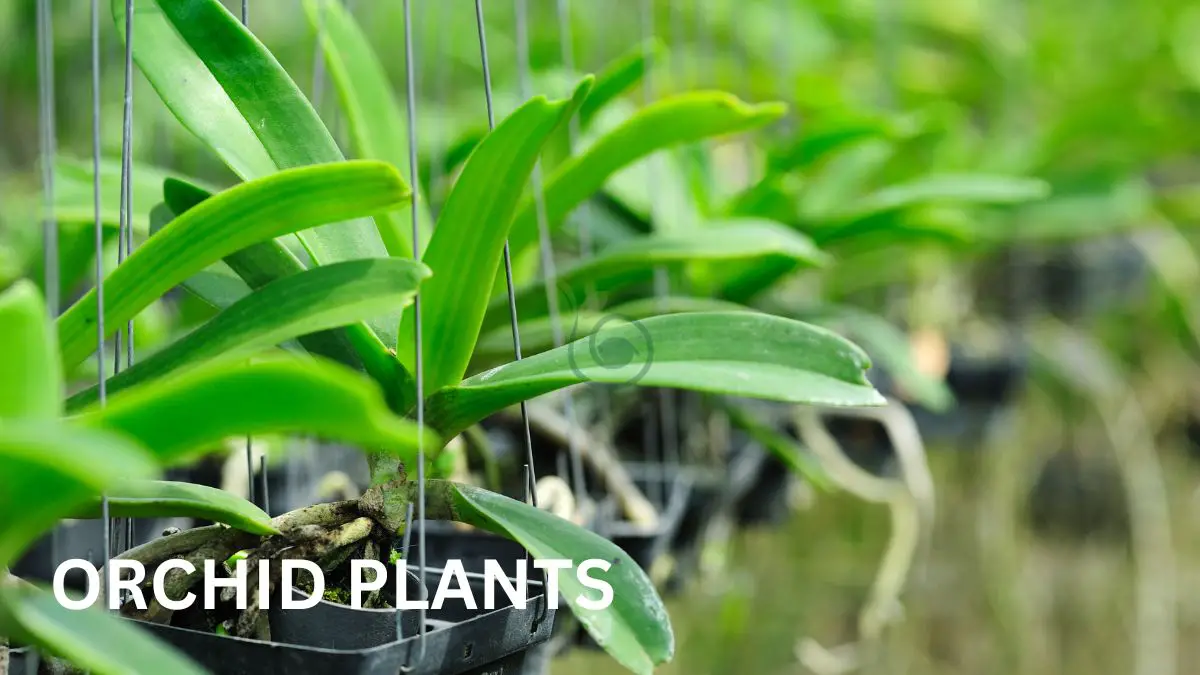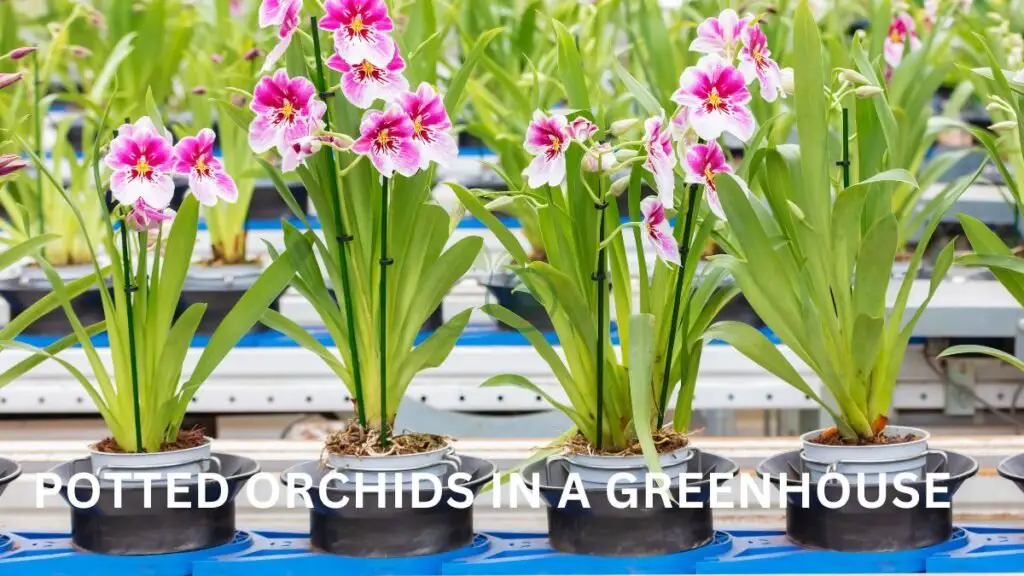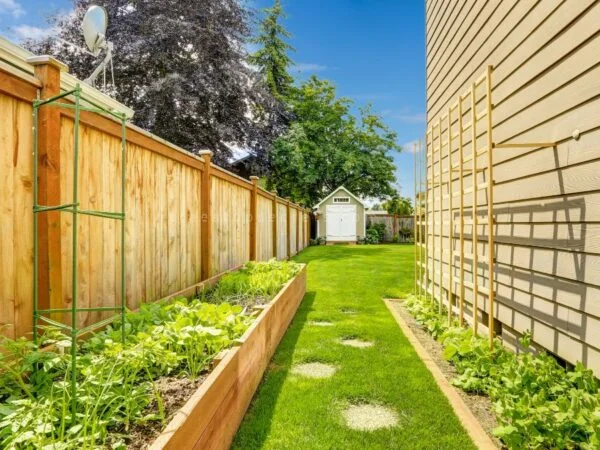
Did you know that orchid plants can live for decades if properly cared for? The longevity of these elegant flowers might surprise you. So, how long do orchid plants last? Let's delve into the factors that influence their lifespan, humidity, and discover some essential tips to help your orchids thrive.
Orchid plants are not just a short-lived beauty; with the right conditions and care, they can grace your space for years to come. Understanding the needs of these delicate blooms is key to ensuring their longevity. Join us as we unravel the secrets behind prolonging the life of your beloved orchid plants.
Key Takeaways
- Understand the lifespan of orchids to better care for them and anticipate their needs.
- Keep orchids happy and healthy by providing proper watering, light, and humidity.
- Place orchids in the home where they can receive adequate sunlight without being exposed to direct heat sources.
- Ensure soil quality and repot orchids when necessary to support healthy growth.
- Select high-quality orchids from reputable sources to start with a strong foundation for care.
- Promote orchid reblooming by following specific care routines tailored to each orchid species.
Understanding Orchid Lifespan
Lifespan Factors
Orchid plants' lifespan is influenced by key factors such as proper care and environment. Providing the right conditions, like adequate sunlight and watering, can significantly impact how long orchids live. Well-maintained orchids can thrive for several years, with some species lasting even longer.
Types of Orchids
There are various types of orchids to explore, each with unique characteristics. From Phalaenopsis to Dendrobium, understanding the differences in these orchid species is crucial for their care. Different types of orchids require specific care routines tailored to their individual needs.
- Phalaenopsis: Known for their elegant blooms and versatility.
- Cattleya: With vibrant colors and large flowers, they are popular among enthusiasts.
- Dendrobium: Recognized for their diverse colors and patterns, thriving in different climates.
Signs of Health
Recognizing the signs of a healthy orchid plant is essential for its well-being. Look out for indicators like firm, green leaves and strong root systems. On the other hand, wilted leaves, yellowing foliage, or mushy roots may signal distress or poor health in orchids. Monitoring your orchid's overall health regularly can help prevent potential issues and ensure its longevity.
Keeping Orchids Happy and Healthy
Watering Practices
To master the correct watering techniques for orchids, water your plants early in the day to allow for drying before nightfall. Avoid overwatering by ensuring proper drainage in pots and underwatering by checking moisture levels regularly. Different types of orchids may require varying watering schedules based on their specific needs.
Soil Maintenance
Understanding the importance of using the right soil for orchids is crucial for their health. Orchids thrive in a well-draining medium that allows air circulation around their roots. The ideal soil composition should be loose, airy, and well-draining to prevent waterlogging, which can lead to root rot. Proper soil maintenance, such as repotting when necessary and removing dead roots, can significantly enhance the longevity of your orchids.
Light Requirements
Orchid plants have specific light requirements that are essential for their growth and blooming. Providing adequate light without exposing them to direct sunlight is key to keeping your orchids healthy. Insufficient light can result in poor blooming or stunted growth, while excessive light exposure can cause leaf burns. Understanding how light impacts orchid blooming and overall health will help you create an optimal environment for your plants.
Temperature Control
Discovering the optimal temperature conditions for orchids is vital to their well-being. Most orchids thrive in temperatures between 60-80°F (15-27°C) during the day and slightly cooler at night. Protecting your orchids from extreme temperature fluctuations is crucial to prevent stress on the plants. Maintaining consistent temperatures within the ideal range will promote healthy growth and blooming in your orchids.
Orchid Placement in the Home

Ideal Locations
When placing orchid plants in your home, consider areas with indirect sunlight to prevent scorching. Create a humid environment by placing orchids in bathrooms or near humidifiers.
To ensure your orchids thrive, avoid drafty areas and direct heat sources like radiators. Different locations within your home can impact how well your orchids grow and bloom.
Light and Temperature
Understanding the connection between light and temperature is crucial for orchid care. Balance light exposure by providing bright, indirect sunlight for optimal growth.
Maintain suitable temperatures between 65-75°F during the day and slightly cooler at night for healthy orchids. Fluctuations in light levels and temperatures can affect the overall health of your orchids.
Soil and Repotting Essentials
Choosing the Right Soil
When it comes to orchids, selecting the appropriate soil is crucial for their health. Various options include bark mixes, which mimic their natural habitat, promoting aeration for roots to breathe. Sphagnum moss retains moisture, ideal for certain orchid species.
To ensure healthy root growth, opt for a well-draining soil mix. This prevents root rot by allowing excess water to escape, preventing waterlogged conditions that harm orchids. The right soil mix provides stability while enabling proper aeration for roots.
- Bark mixes
- Sphagnum moss
- Well-draining soil
Repotting Guidelines
Mastering the art of repotting is essential for maintaining thriving orchids. Knowing when and how to repot your plants is key to their longevity. Typically, repot orchids every 1-2 years or when you notice overcrowded roots.
During the repotting process, carefully remove old potting material without damaging roots. Trim any unhealthy or dead roots before placing the orchid in a slightly larger grow pot with fresh soil mix. Water gently after repotting to reduce stress on the plant.
- Choose a slightly larger grow pot.
- Remove old potting material carefully.
- Trim unhealthy or dead roots.
- Place orchid in fresh soil mix.
- Water gently post-repotting.
Selecting Quality Orchids
Identifying Healthy Plants
When choosing orchids, look for firm, green leaves and unblemished stems to ensure a healthy plant. Check for plump pseudobulbs and vibrant roots as signs of vitality.
Understanding the visual cues of a thriving orchid is essential. Inspect the plant for new growth, such as fresh leaves or flower spikes, indicating active development.
Key characteristics of well-maintained orchids include sturdy stems, glossy leaves, and an overall robust appearance. These traits signify a plant that has been properly cared for.
Types and Varieties
Exploring the diverse world of orchids reveals a multitude of types and varieties available to enthusiasts. From Phalaenopsis to Cattleya, each species offers unique characteristics and beauty.
Learning about the care requirements specific to different orchid types is crucial for their successful cultivation. Some orchids prefer bright light, while others thrive in more shaded conditions.
The beauty and diversity of orchids from various regions worldwide showcase nature's creativity in producing stunning floral displays.
Promoting Orchid Reblooming
Reblooming Techniques
To encourage orchids to rebloom, focus on providing adequate light, water, and temperature. Adjust the lighting to mimic their natural habitat, ensuring they receive enough but not direct sunlight. Maintain consistent watering, allowing the roots to dry out slightly between watering sessions.
Stimulate new flower spikes by trimming the spike just above a node where a dormant bud is present. Use a sterile tool to avoid introducing infections. Apply a balanced fertilizer regularly during the growing season to support healthy blooming.
Discover the secrets to promoting multiple blooming cycles in orchid plants by repotting them when needed to refresh the growing medium. Choose a suitable potting mix, such as bark or sphagnum moss, to ensure proper drainage and aeration for the roots.
Pruning and Care
Understanding the importance of pruning for orchid care is crucial for maintaining their health and promoting future blooms. Prune dead or yellowing leaves to prevent the spread of diseases and encourage new growth. Trim damaged roots during repotting to stimulate healthy root development.
Learn how to properly prune orchids by using clean, sharp scissors or shears to make precise cuts without causing unnecessary damage. Sterilize your tools before pruning to prevent infections that can harm your orchids.
Discover the best practices for maintaining and caring for your orchid plants by monitoring their growth regularly, checking for signs of pests, diseases, or nutrient deficiencies. Provide proper air circulation around your orchids to prevent fungal infections and promote overall plant health.
Orchid Care After Flowering
Post-Flowering Tips
Taking care of orchids after they finish flowering is crucial for their overall health and future blooming. Transition your orchid plants into a resting phase by reducing watering frequency. This helps them conserve energy for the next blooming cycle.
To ensure the continued vitality of your orchids, trim back any dead or yellowing stems and leaves. This promotes new growth and prevents the spread of diseases. Consider repotting your orchids if the potting medium has broken down or become compacted.
Maintain a consistent environment for your orchids by providing adequate light, humidity, and airflow. Avoid placing them in drafty areas or direct sunlight. Regularly inspect your plants for pests and diseases to address any issues promptly.
Long-Term Care Guide
Understanding the long-term care requirements for orchid plants is essential for their sustained health and beauty. To sustain the longevity of your orchids, establish a regular watering schedule based on their specific needs. Overwatering can lead to root rot, while underwatering can cause dehydration.
Provide proper fertilization to support healthy growth and blooming. Use a balanced fertilizer formulated for orchids during the growing season. Adjust the feeding frequency during the resting phase to promote strong roots and prepare for future blooms.
Implement key strategies such as maintaining proper air circulation around your orchids to prevent fungal infections. Rotate your plants periodically to ensure even growth and exposure to light. Consider grouping orchids with similar care requirements together for easier maintenance.
Maximizing Blooming Periods
Fertilizing Tips
Fertilizing orchids is crucial for growth cycle. Choose a balanced fertilizer with equal parts nitrogen, phosphorus, and potassium. Apply fertilizer weekly at half the recommended strength to avoid root burn. Over-fertilization can harm your orchids, so follow guidelines carefully.
To ensure optimal growth, fertilize your orchids during their active growing season. Regular fertilization promotes strong roots and vibrant blooms. Remember to flush out excess salts from the potting mix monthly by watering thoroughly.
Effective Pruning
Pruning plays a vital role in maintaining healthy orchids. Remove dead or yellowing leaves to prevent disease spread and enhance air circulation around the plant. By trimming spent flower spikes, you encourage new growth and future blooms.
Proper pruning not only improves the health of your orchid but also enhances its aesthetic appeal. When cutting back roots during repotting, ensure each section has healthy roots to support new growth. Prune strategically to stimulate fresh root development and overall plant vigor.
Closing Thoughts
By understanding the lifespan of orchid plants and implementing proper care techniques, you can ensure that your orchids thrive and bloom beautifully for an extended period. Keeping your orchids happy and healthy, placing them strategically in your home, selecting quality orchids, and following essential soil and repotting guidelines are all crucial steps in maximizing the blooming periods of your plants. Remember to promote reblooming and provide adequate care even after flowering to enjoy continuous blossoms.
Take these insights and recommendations to heart as you care for your orchids. With the right knowledge and attention to detail, you can create a flourishing environment for your plants to thrive. Keep up with these practices, and you'll be rewarded with stunning blooms that brighten up your space year after year.
Frequently Asked Questions
How long do orchid plants typically last?
Orchid plants can live for several years with proper care, ranging from 5 to 10 years or even longer depending on the species and care provided.
What are essential tips for keeping orchids happy and healthy?
- Provide adequate light without direct sunlight
- Maintain proper humidity levels
- Water sparingly but regularly
- Use well-draining orchid mix
- Monitor temperature fluctuations
Where is the best placement for orchids in the home?
Place orchids near east or west-facing windows to receive indirect sunlight. Avoid placing them in drafty areas or near heating/cooling vents.
When should I repot my orchid and what soil is best?
Repot orchids every 1-2 years after flowering using a specialized orchid mix. Look for roots growing over the pot edge as a sign it's time to repot.
How can I promote reblooming in my orchids?
To encourage reblooming, provide a period of cooler temperatures (10-15°C) for several weeks, reduce watering slightly, and ensure proper light conditions.
Image Source: Paid image from CANVA





